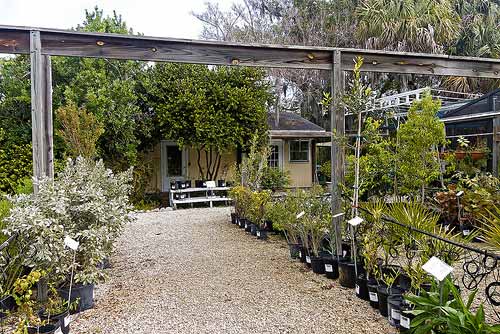By Josh DeLacey
“Conservation is about waiting for a long time,” says Dan Ashe, director of the U.S. Fish and Wildlife Service. So, in a society that wants speed and short waits, Ashe explains, conservation too often gets neglected.
Ashe was one of four plenary speakers at the 78th North American Wildlife and Natural Resources Conference, a week-long event coordinated and administered by the Wildlife Management Institute (WMI). Held in Arlington this week, the annual conference brings together environmentally-minded scientists, administrators, managers and educators from organizations across the country, including the U.S. Forest Service, various bureaus from the Department of Interior, National Shooting Sports Foundation and the Boone and Crockett Club. Some reoccurring topics in the panels and presentations included the importance of working in partnerships and focusing on shared goals; the need to capture the public’s attention with the importance of environmental protection; and the impact of both a changing climate and a changing U.S. demographic.

One presentation in particular stood out to me — and not just because it was about trees. Doug Tallamy of the University of Delaware delivered a fascinating lecture that showed how individual people can actively improve the environment — and how, unlike most conservation efforts, that improvement produces noticeable results quickly. It might sound like a scam, but it checks out. If done correctly, backyard landscaping is a boon to biodiversity.
The problem is, most residential landscaping is not. The average American house is surrounded by lawn and nonnative plants — two major problems for urban ecosystems. Even when cropped to the recommended height of two inches, grass has very little biomass, especially compared with shrubs and trees. Without an abundance of plants to eat and live in, insect populations plummet; without enough insects, arachnids and birds and animals disappear, too. Tallamy used chickadees as an illustration: a single pair of these tiny birds bring their young between 6,000 and 9,000 caterpillars before they leave the nest, and each urban-sized tree holds about 25 caterpillars at any given time. Grass, on the other hand, contains just 10 percent of a tree’s potential biomass, which means a lot fewer caterpillars and a lot fewer chickadees around a traditionally landscaped home.
As for the decorative non-native plants found so often in nurseries and favored by landscapers and homeowners, those are just as bad. Although they might have plenty of biomass, most invasive species cannot fill the biological role of the native species they drive out. In the northeastern United States, for instance, a native black cherry tree can support more than 450 different caterpillar species, but the invasive Russian olive (also known as Ugly Agnes) can support just a few dozen. And, just like plants, those caterpillar species aren’t interchangeable. Tallamy explains that there is no redundancy among species: “every species loss reduces ecosystem function.”
The solution to typical biodiversity-killing lawns is simple, though — landscape property with an eye to the ecosystem. Replace vast swaths of grass and ornamental invasives with native trees and shrubs. Plenty of aesthetically pleasing native plants exist, and their benefits to the ecosystem, Tallamy says, will appear in just a few years. Chickadees will multiply, rabbits will return, and deer will be more likely to wander through. Most conservation work might require long waits and decades of growth, but homeowners are a lucky bunch — they can get the short waits our society wants and still help the local ecosystem.